Posted by Henri Pereira on 15th Dec 2021
HOW TO KEEP YOUR KOI POND AND FISH POND WATER SPARKLING CLEAN: THE BASICS
Why have a Koi pond or Fish pond in your garden if you can't see the fish? A Koi pond can be the centre of attraction in your garden, or a total eyesore.
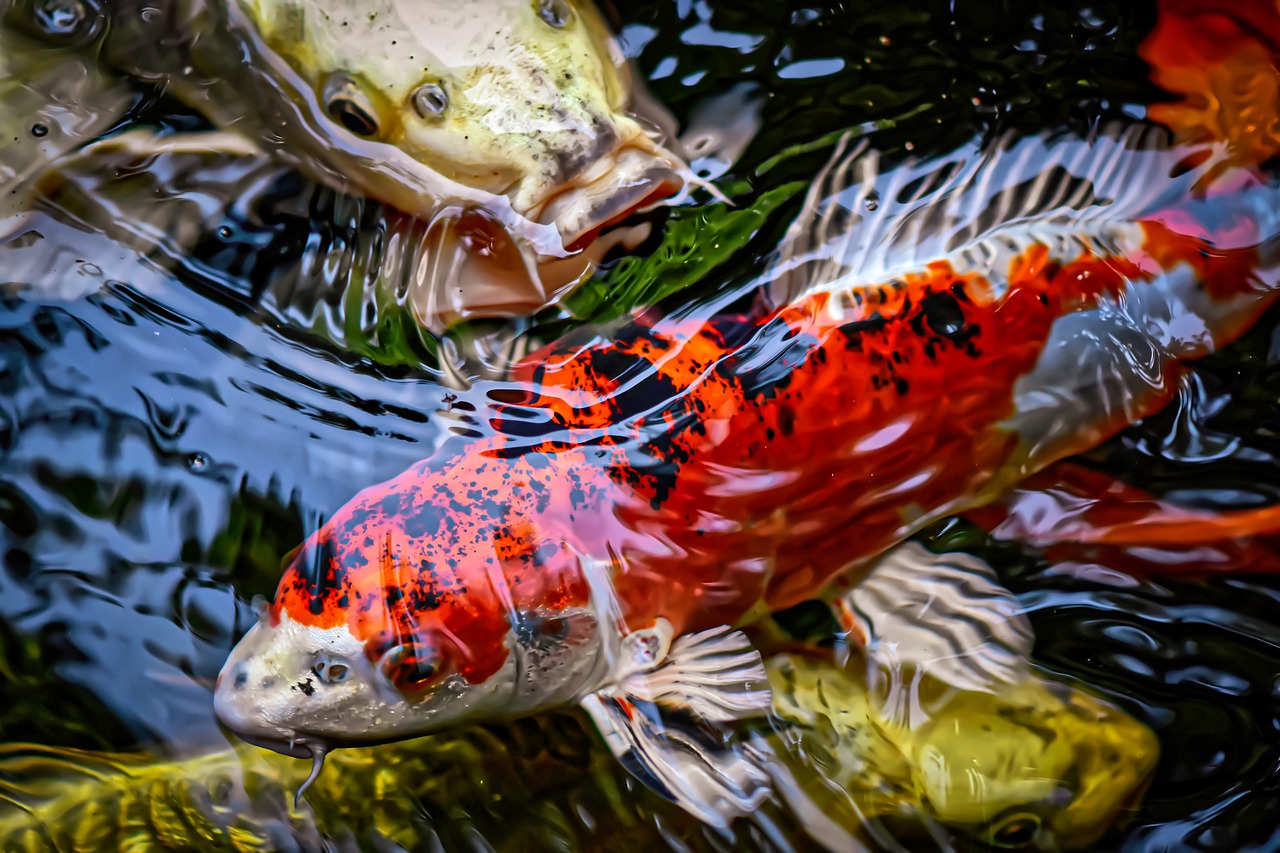
Most people call us to ask how they can keep the water in their koi or fish ponds crystal clear. It really is not difficult if you follow the basics. Don't over complicate things.
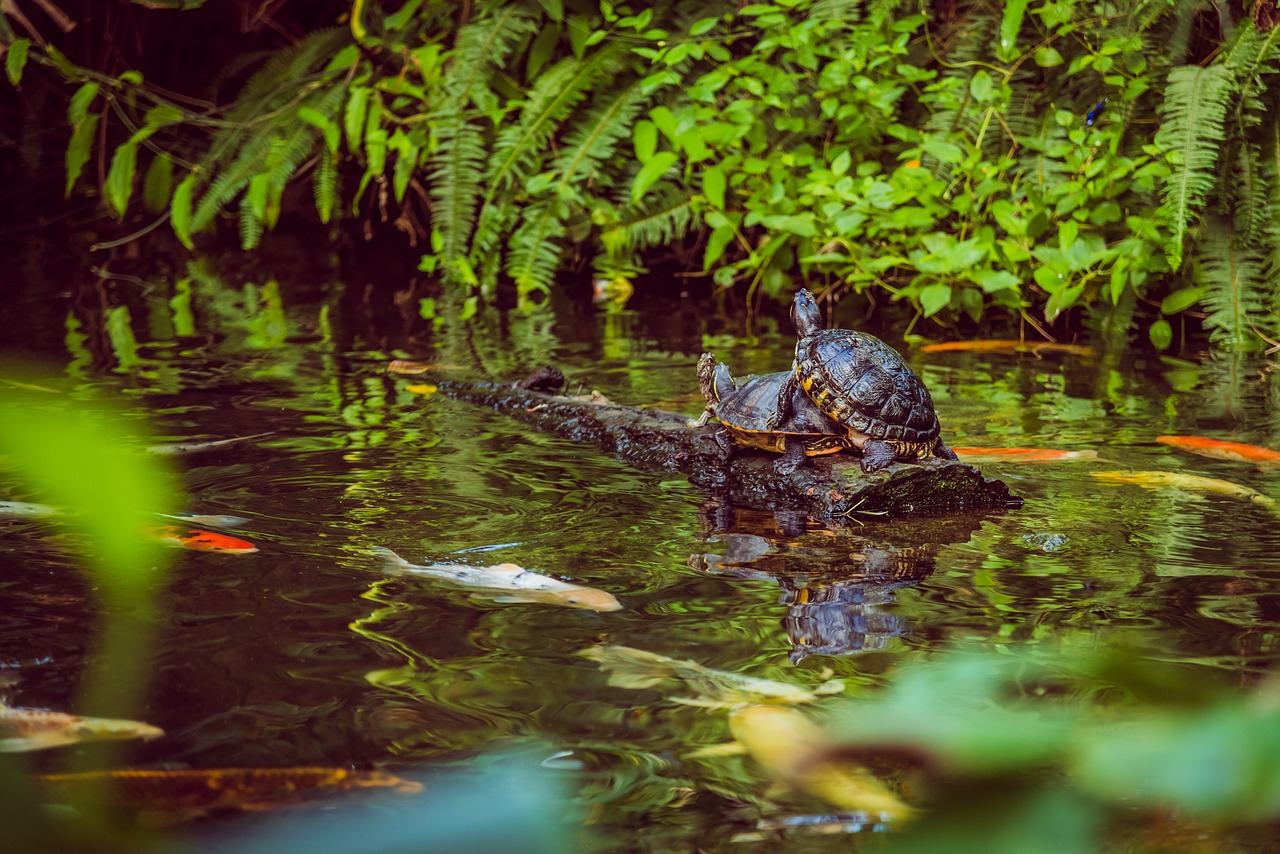
In general, this is the equipment or components required to keep your pond in pristine condition in a pressurized closed system:
- Water Pump
- Air Pump (Or Blower)
- Diffuser (i.e. air stone)
- Bottom Drain
- Pre Filter (or leaf catcher)
- Mechanical Filter (Solid Separator filter)
- BioFilter
- UV Sterilizer
- Valves

Above is a typical diagram of a Pressurized closed system
The above system diagram is based on a pressurized system. Further down this article we will show a diagram of a non-pressurized (or gravity) type filtration pond system.
As you can see from the above diagram, its pretty simple right? .. So let us explain each individual piece of equipment:
Bottom Drain
Bottom drains , as the name implies, are installed at the bottom of the pond. Their job is to channel solids and other waste out of the bottom of the pond. There are several bottom drain options, depending on the type of pond. Bottom drains for concrete Base tanks, have to be installed before casting the concrete. Bottom drain for liner tanks/ponds, are for tanks or ponds with a PVC or Plastic liner. There is also a quick install bottom drain, that can be installed in any pond or tank, without the need to cut into the liner, or concrete. The quick install bottom drain will sit at the bottom of the tank, but will have piping on the inside of the tank, unlike the other types of bottom drains, where the piping will run underneath the pond/tank. In the Koi Industry, many customers prefer a bottom drain with a silicone diffuser disc attached to the top. This bottom drain serves two purposes, to channel the waste out of the pond and to supply aeration.
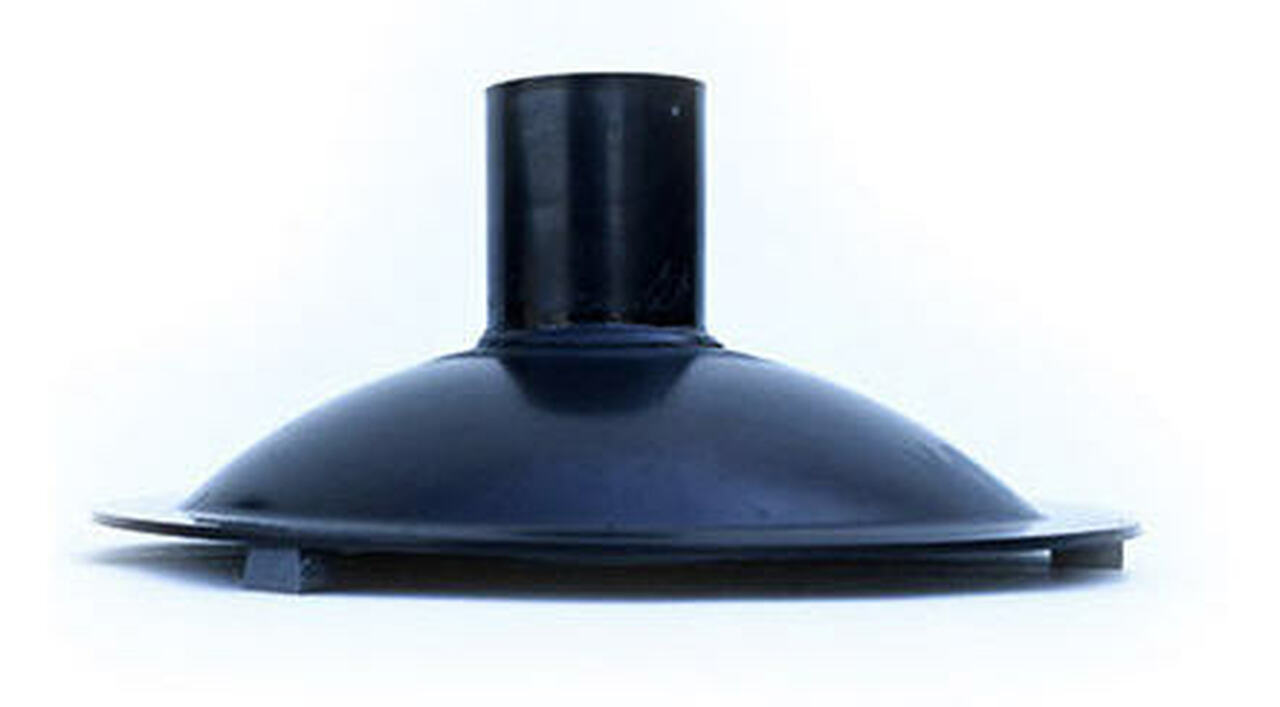
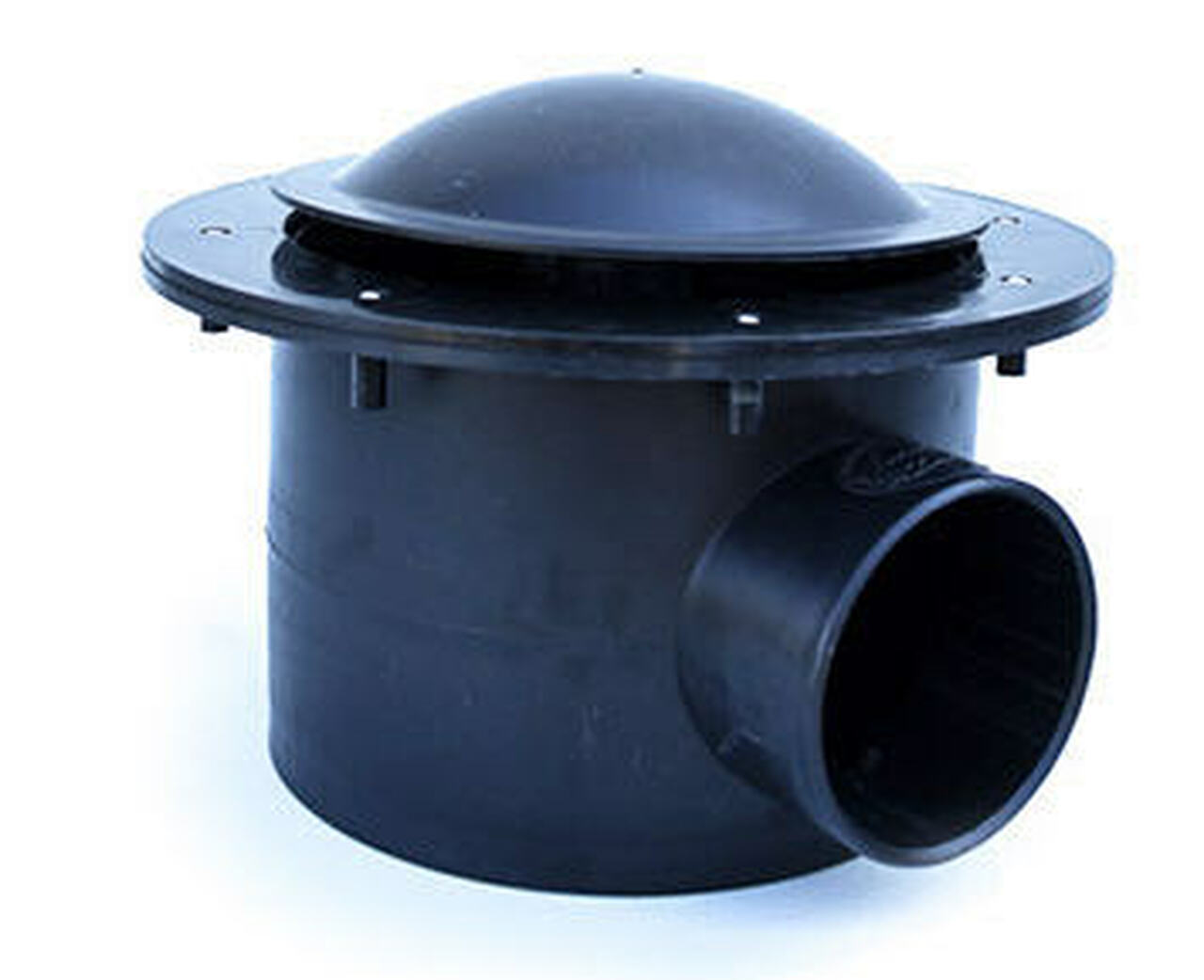
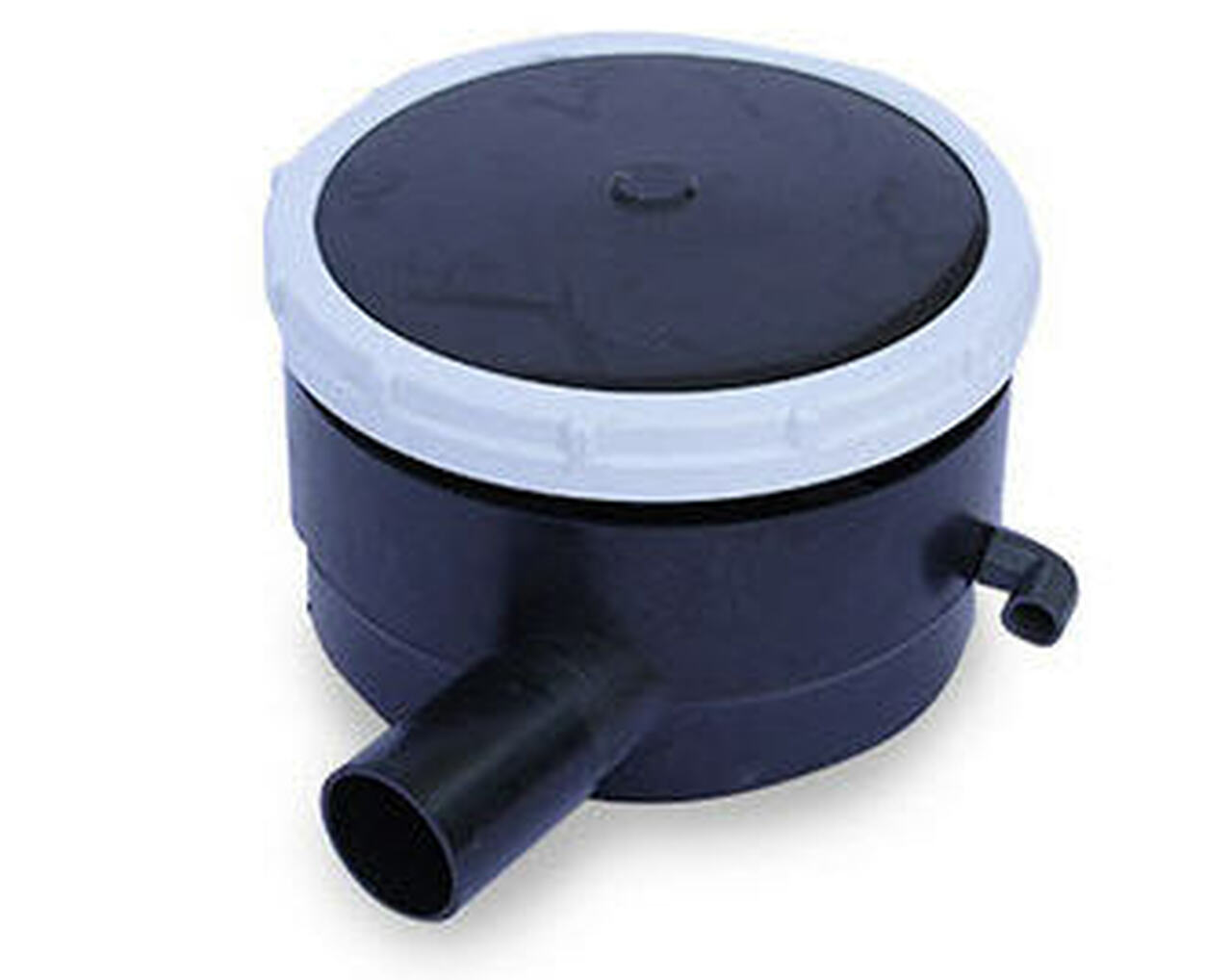
Quick Install Bottom Drain Bottom Drain for Concrete Base Bottom Drain with Diffuser
Pre-Filter (or Leaf Catcher)
A pre-filter or a leaf catcher is not usually required, unless your pond is under a tree that sheds a lot of leaves. The prefilter basically has a mesh basket that traps leaves and other floating or sunken debris.
Water Pump
The water pump we recommend for a pressurized system, would be an external self priming centrifugal water pump. They are generally more power hungry than the new eco-friendly submersible water pumps.
For optimum water clarity results, the water pump should run 24/7. Some people do put it on a timer to save electricity, but keep in mind that when the water pump is off, that your air pump should continue to work to supply enough aeration for the fish.
The rule of thumb is that the water pump must pump the volume of your pond in litres, at least once per hour.. So, if you have a 5000 litre pond, you need to get a water pump that does 5000 litres per hour. One other thing to take into account when purchasing a water pump, is to ensure that it pumps what you require per hour, to whatever height you are pumping to.. The higher you need to pump water up, the lower the litres per hour.. Always request a performance curve for the pump to calculate what the pump will push at a specific height (or head).
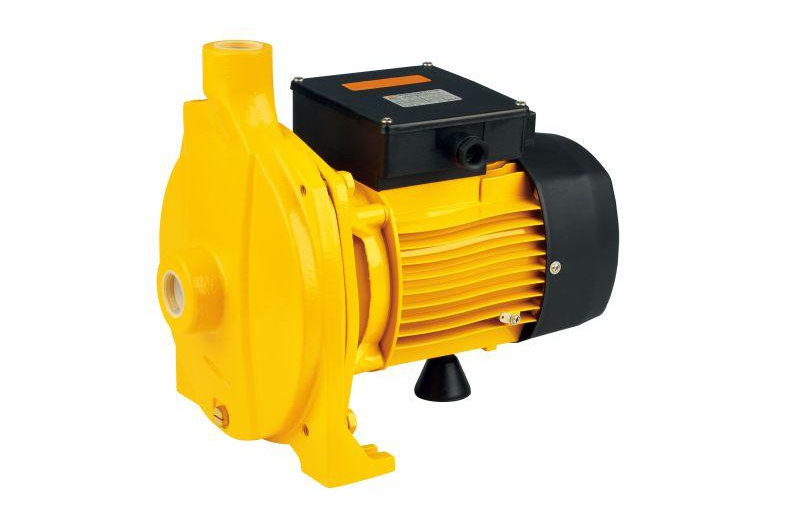
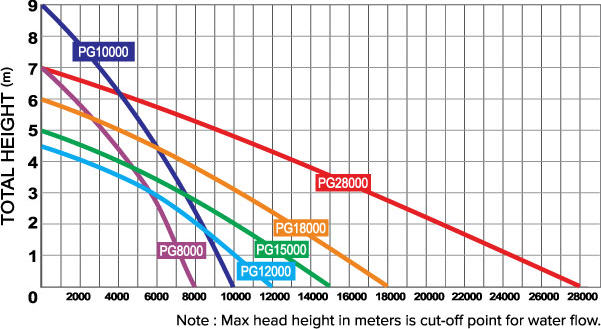
Typical Water Pump Performance Chart above
Mechanical Filter (Solid Separator)
The mechanical filter filters out all fish waste and uneaten food. There are two main types of pressurized mechanical filters:
- A Sand Filter
- A Bubble Bead Filter
The Sand Filter - works the same as your swimming pool filter. Any solids in the water get trapper by the sand. Depending on the stocking density of fish in your pond, you will have to regularly do a back wash to remove the trapped solids from the filter. The cons of a sand filter is the regular maintenance and the need to change the sand every year or two. The sand used in your ponds sand filter must be a specialized koi sand, which is a lot coarser than the sand used in swimming pool filters.
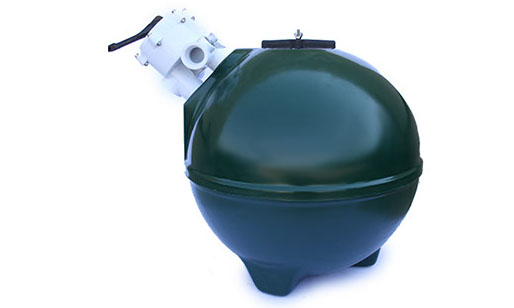
The Bubble Bead Filter - Works very differently to a sand filter.. Instead of sand, the media inside a bubble bead filter, are small plastic beads. These plastic beads float inside the filter, trapping any solids coming from the pond, underneath them. The Bubble Bead filter is also supplied with a blower. The blower is for blowing air into the filter to agitate the solids off the plastic beads. Once the agitation process is complete, one needs to the a backwash similar to what is done with a sand filter. The benefit of a bubble bead filter is that you never need to change the plastic beads. The beads also act as a bio filtration media.
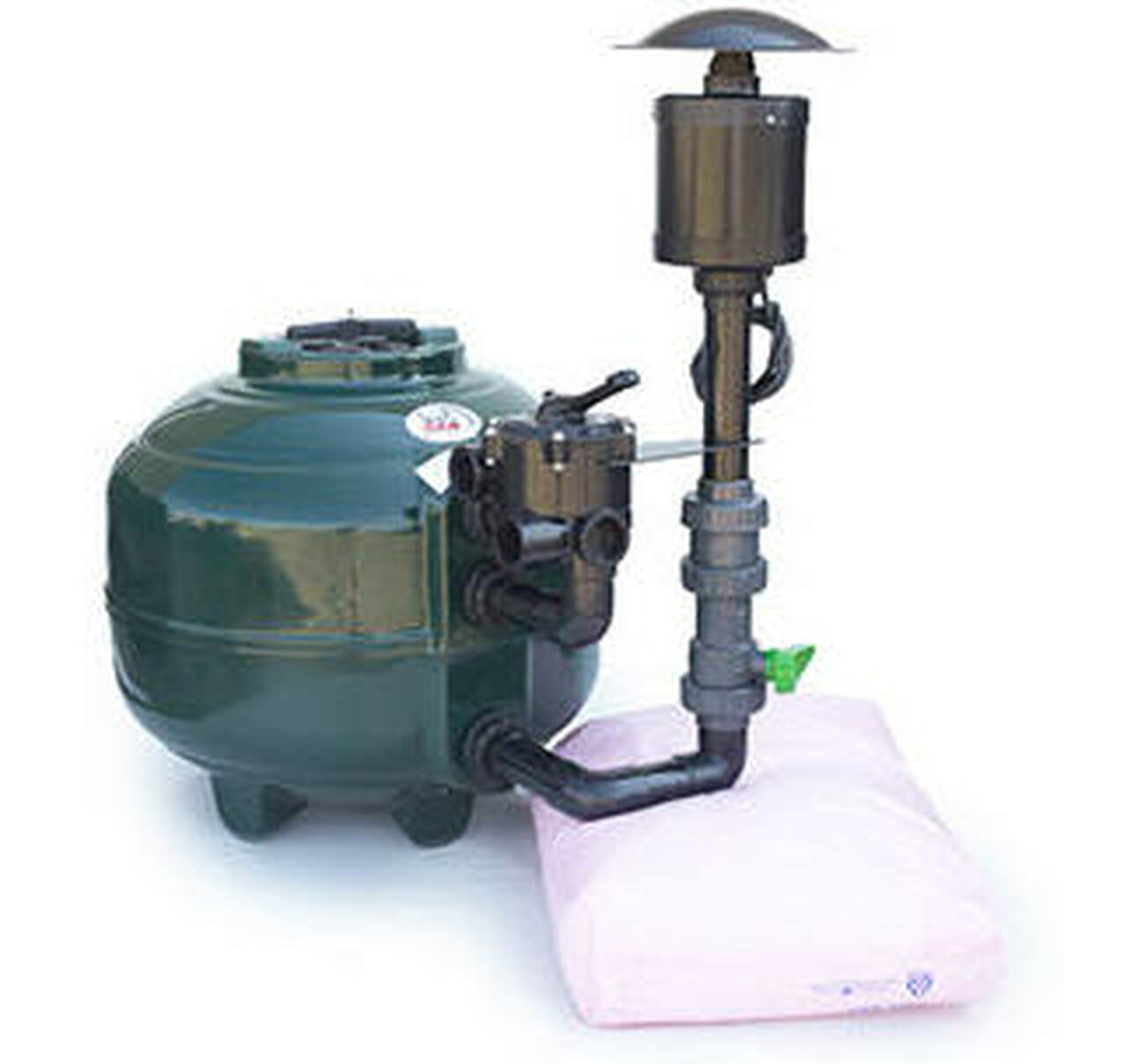
Biofilter
The biofilter is probably the single most important piece of equipment in your pond. A biofilter is filled with bio media which serves as a platform for beneficial bacteria to attach themselves to. Beneficial bacteria convert toxic ammonia generated by fish waste and uneaten food, into nitrates which is non toxic to fish. Note that too much nitrates can cause algae to grow, so hence why a UV sterilizer (refer to next paragraph) is often required. Biofilters are sized based on the size of your pond in litres and the stocking density of fish.. All the biofilters that we sell are sized based on one 30cm fish per 1000 litres. Some biofilters are supplied as a combo with a UV light.
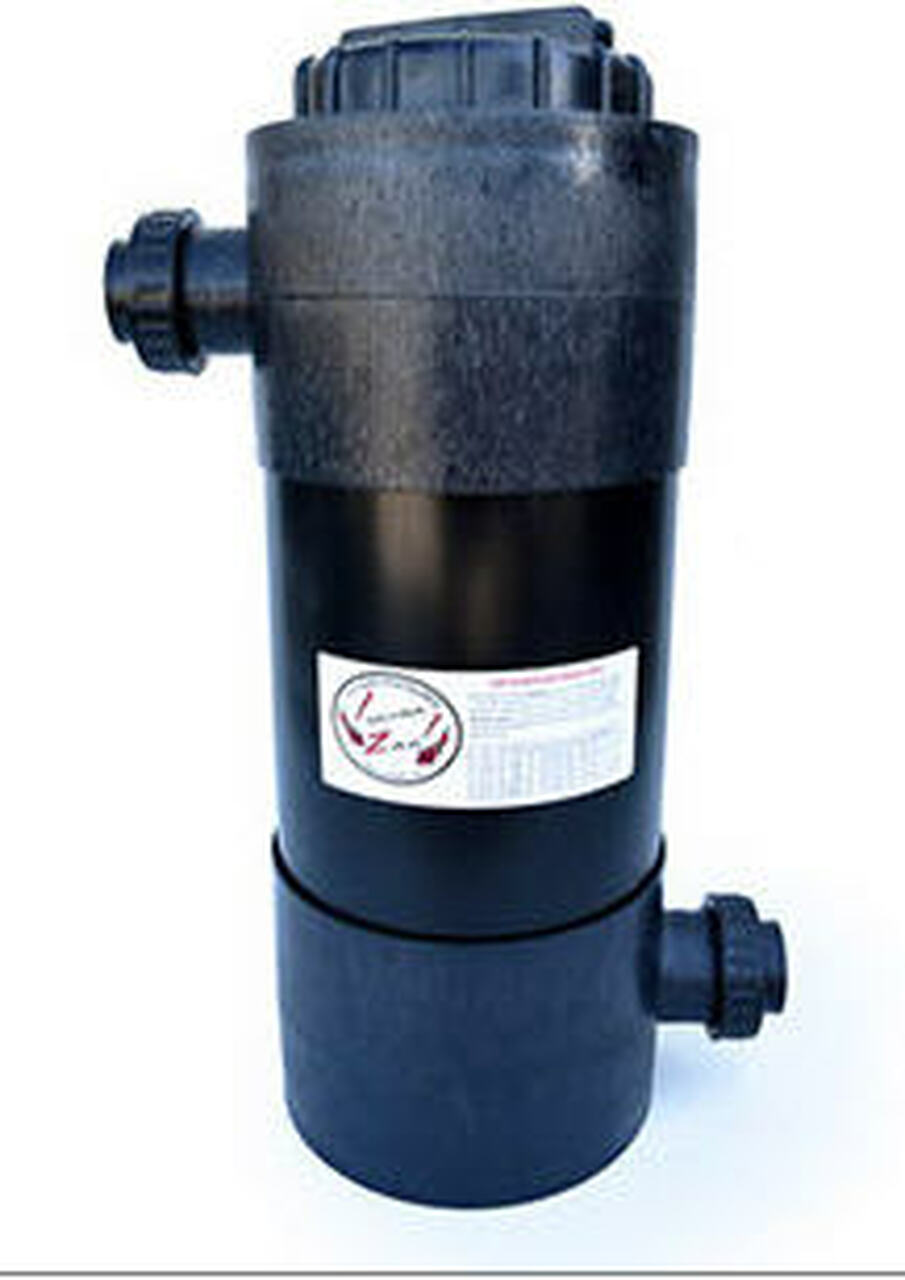
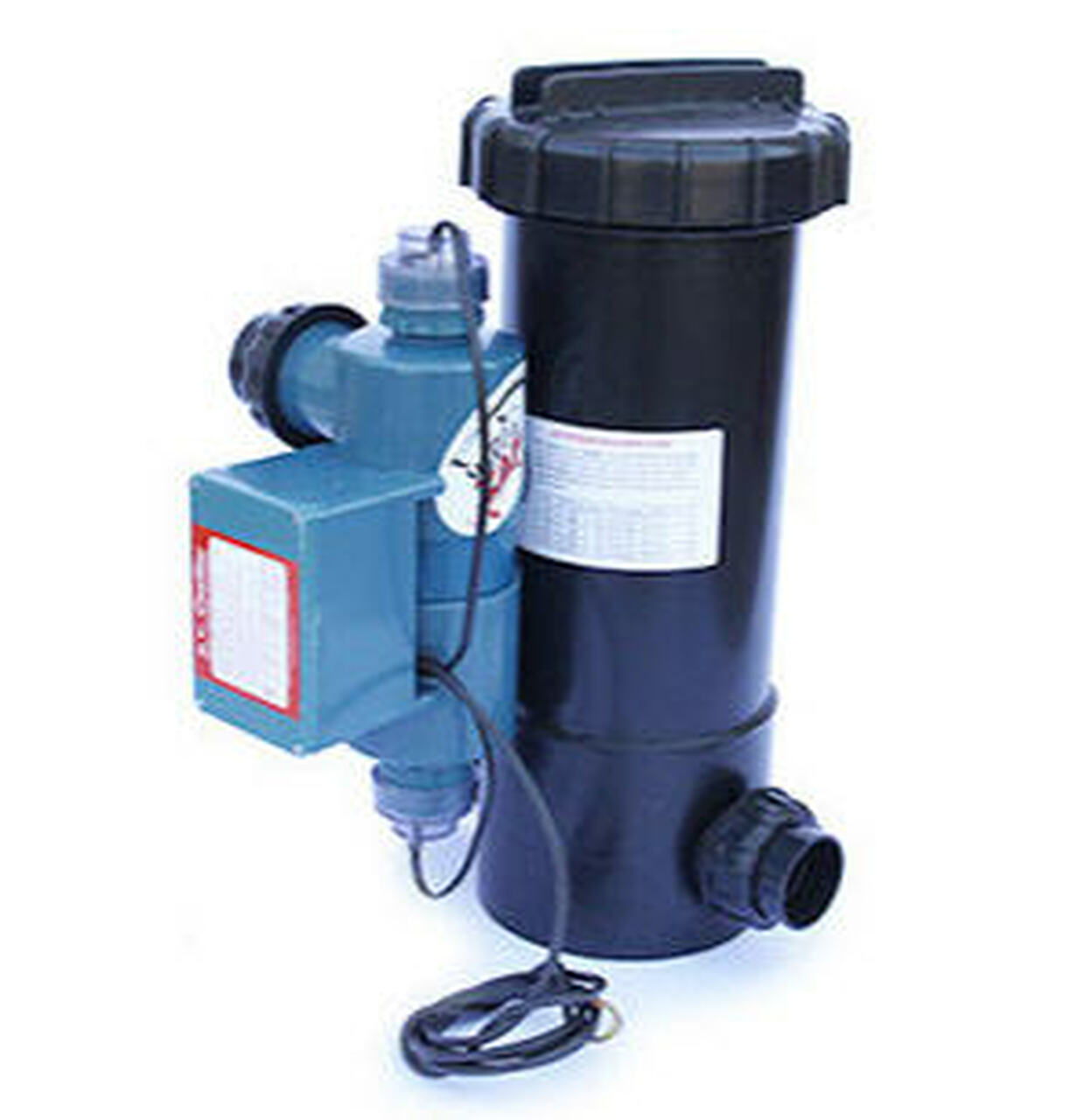
Biofilter Combo Biofilter and UV Light
UV Sterilizer
UV sterilizers not only kill pathogens, but also kill micro algae. UV sterilizers are also sized based on the size of your pond in litres.. For example, a 30 watt UV sterilizer is adequate for a 30 000 litre pond. The UV lamp should be replaced every 12-18 months for optimal results. If you want crystal clear and algae free water, than a UV sterilizer is a must
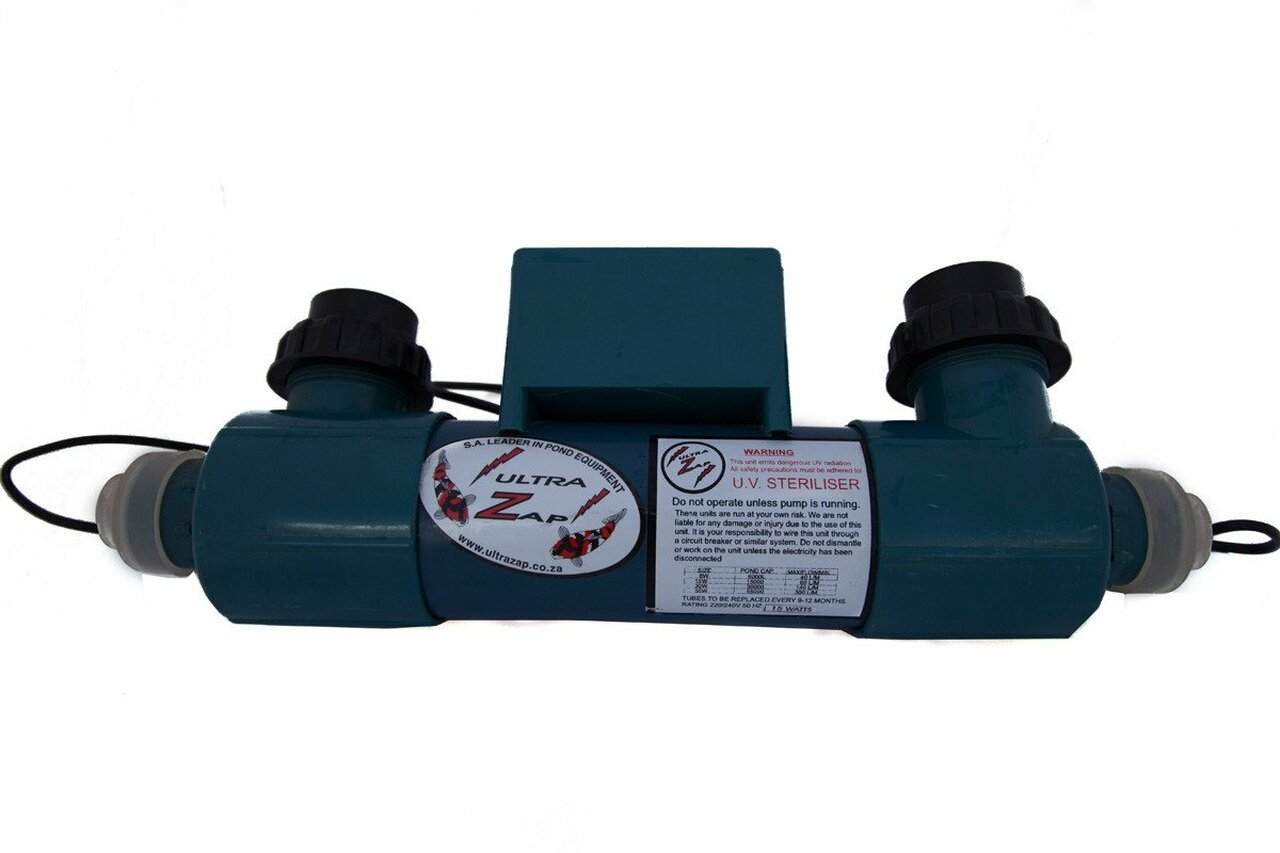
Air Pump Or Blower
Air Pumps and Blowers add oxygen to the water , not only for the fish to survive, but also for beneficial bacteria to proliferate and improve the water quality.
Air pumps or blowers are rated in litres per minute or m3 per hour of air. Again, depending on the size of your pond in litres, you would require a certain amount of airstones or diffusers. 1 small 50 mm airstone for every 1000 litres is adequate. You require at least 6 litres per minute per 50mm airstone.. So if you need 4 airstones in your pond, you would need an air pump that can deliver a minimum of 4 x 6 = 24 litres per minute. The LP 20 pump (below) for example delivers 22 l/min and only consumes 17 watts of power
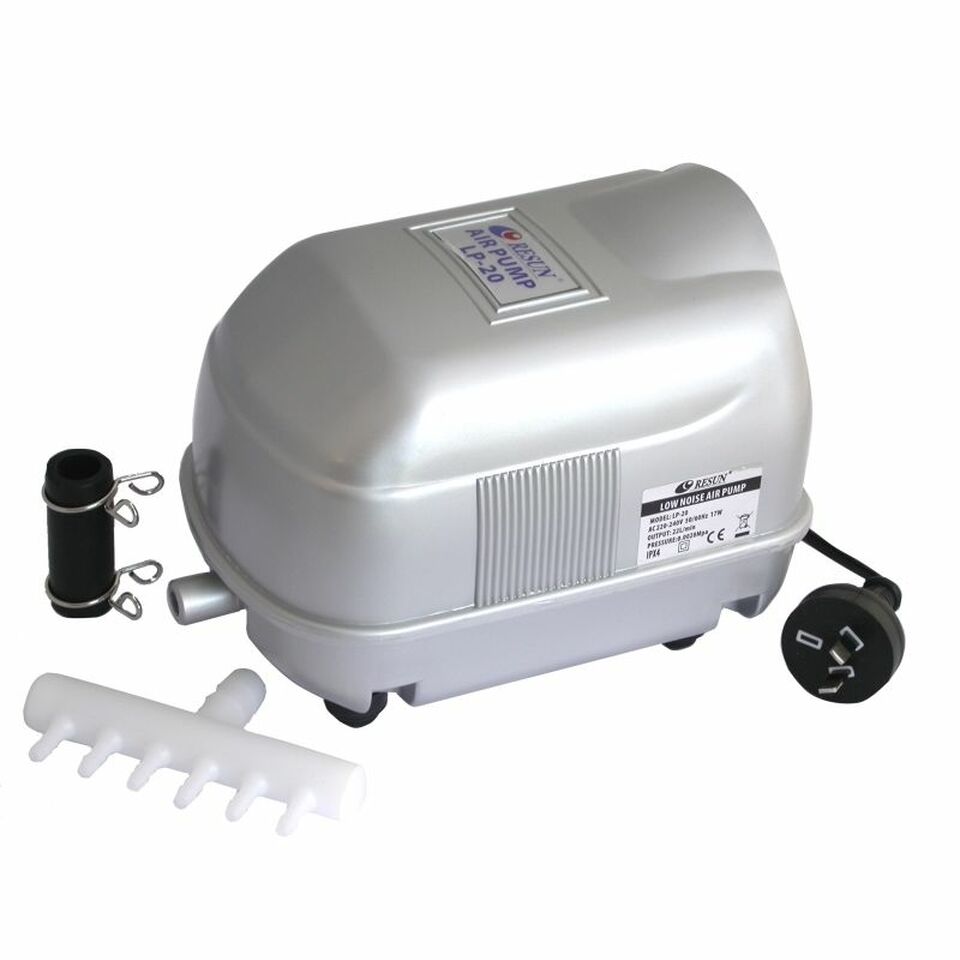
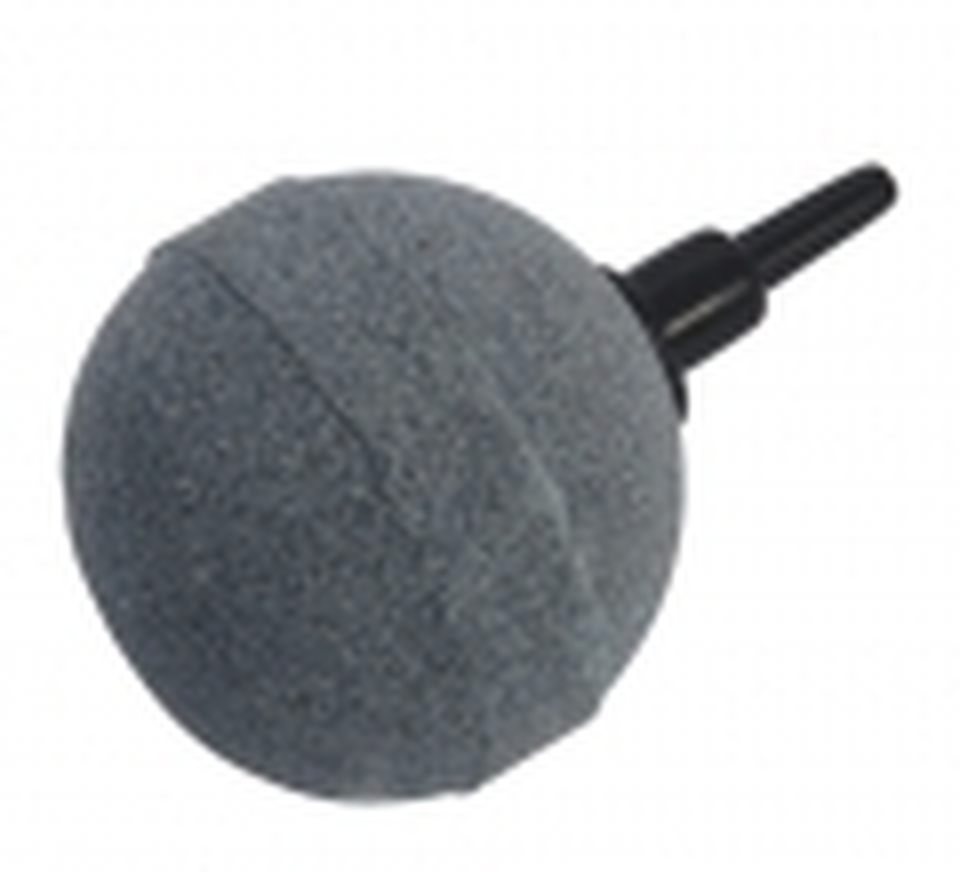
For larger ponds above 20 000 litres, we would recommend a more powerful air blower and fine bubble diffuser.
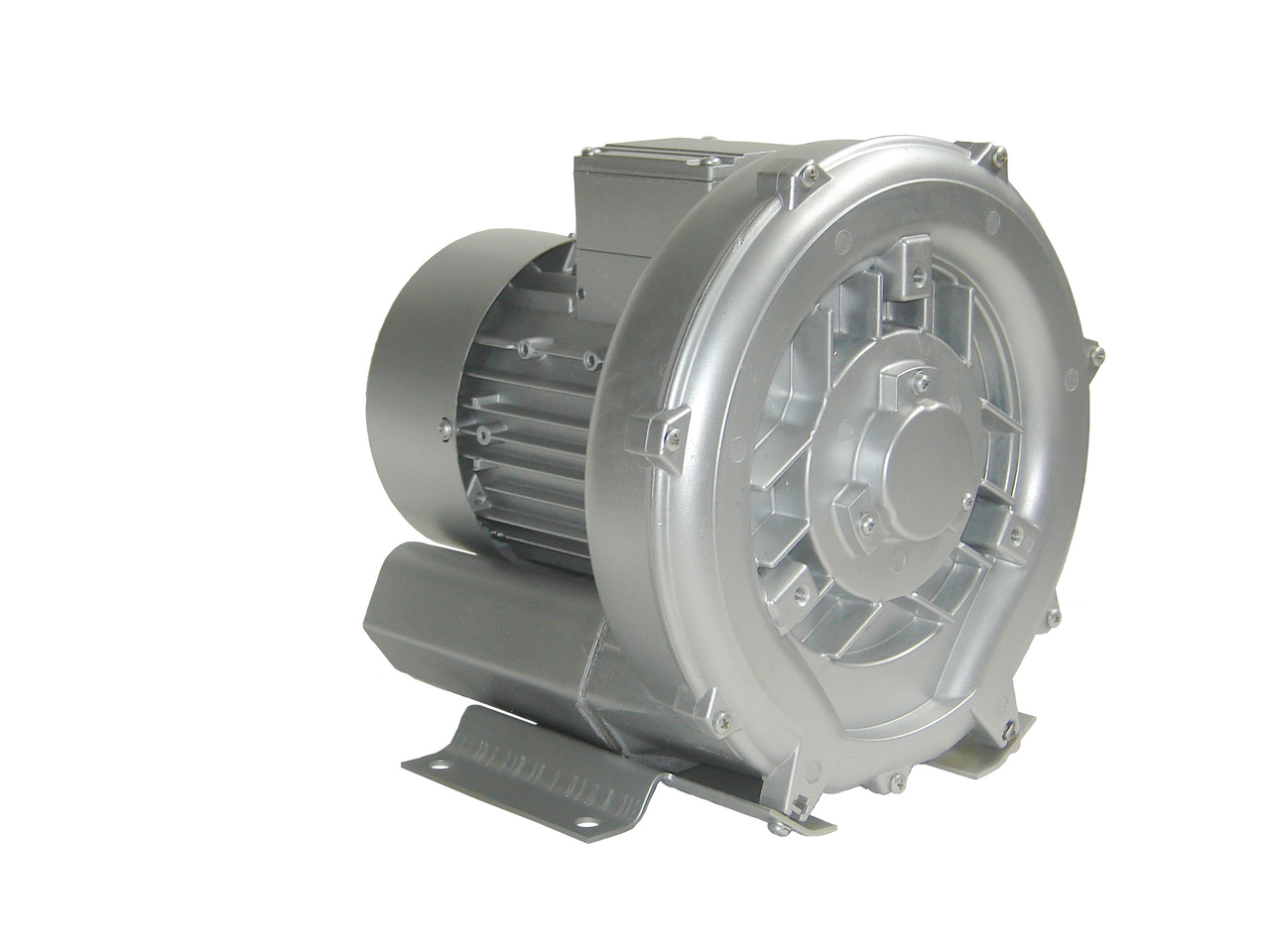
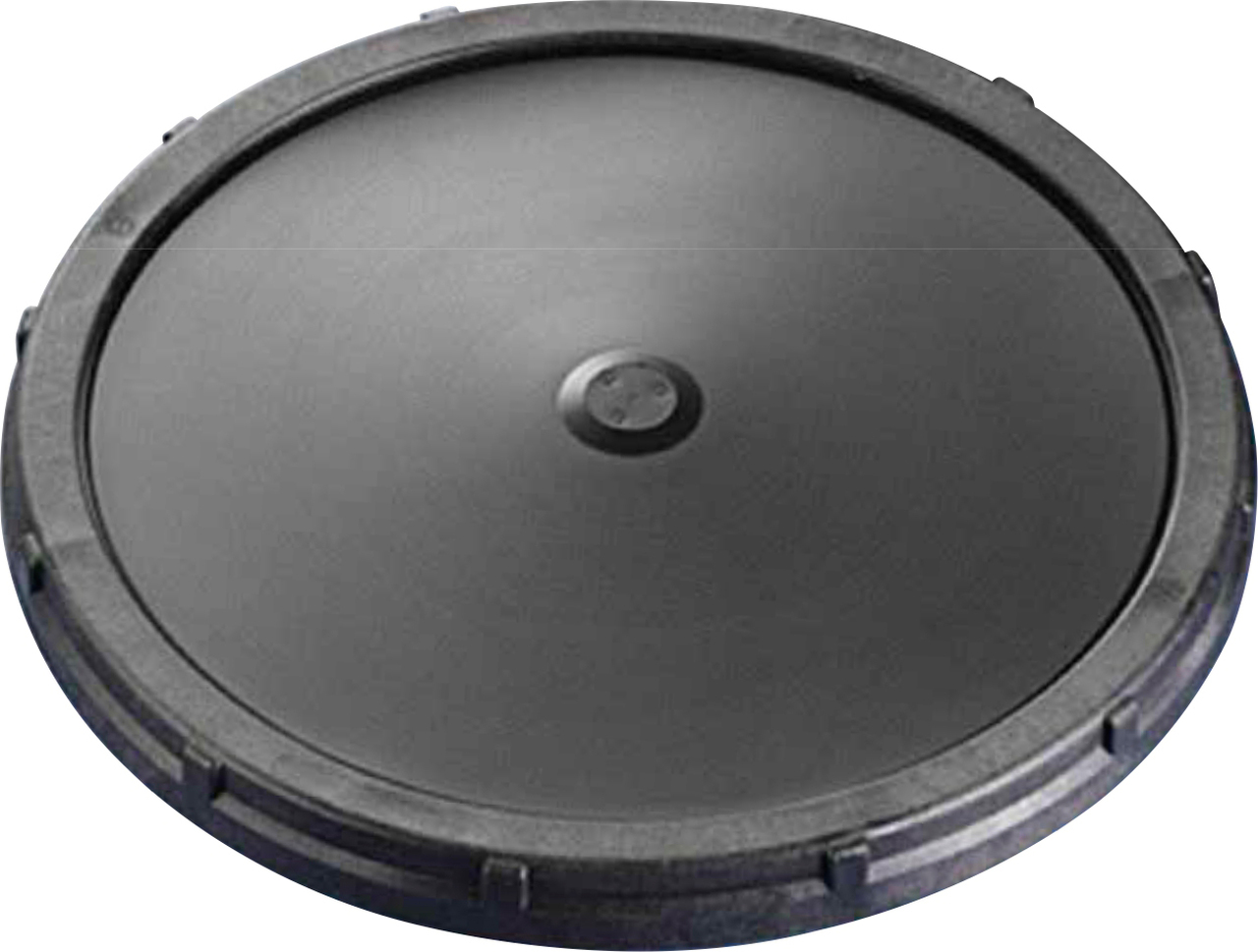
Air Blower Fine Bubble Diffuser
Valves
You would need to have valves installed in different areas of the closed circuit. you would generally need one between the tank and the prefilter or water pump and one on the line returning to the tank in case you need to regulate the flow of water. The backwash valve is supplied with most mechanical filters, through the manifold main valve.
Enzymes and Water Changes
If you have inherited a pond that is murky and full of algae, you may have to shock treat it. You should first replace 25% of the water with clean water (not tap water). Then add some enzymes such as Koi Algae Control powder. These enzymes inject beneficial bacteria into the system that will get rid of unwanted organic matter such as algae
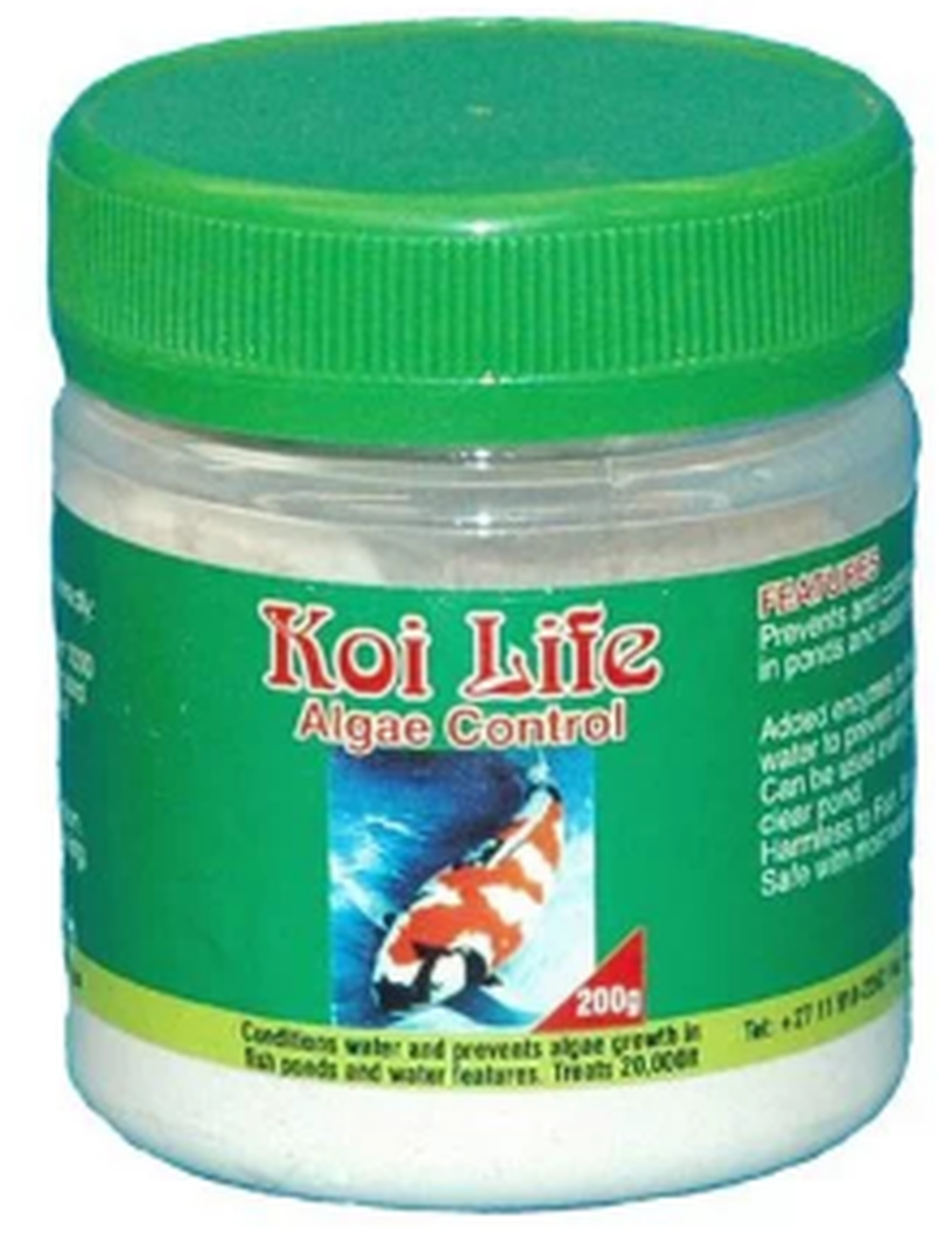
SMALL PONDS OR TANKS BELOW 8000 LITRES
For ponds under 8000 litres in volume, you could use a low pressure gravity filter to run your pond or tank.. The gravity filter however has to be installed above the water level in the tank. It cannot sit below the water level in the pond, as water needs to gravity feed back to the pond. A Gravity Filter acts as BOTH a mechanical solid separator filter and Bio filter.
A Low pressure pond system would comprise the following:
- Submersible Water Pump
- Air Pump
- Diffuser (i.e. air stone)
- Gravity Filter(Combo Solid Separator & Bio filter)
- UV Sterilizer
- Valves
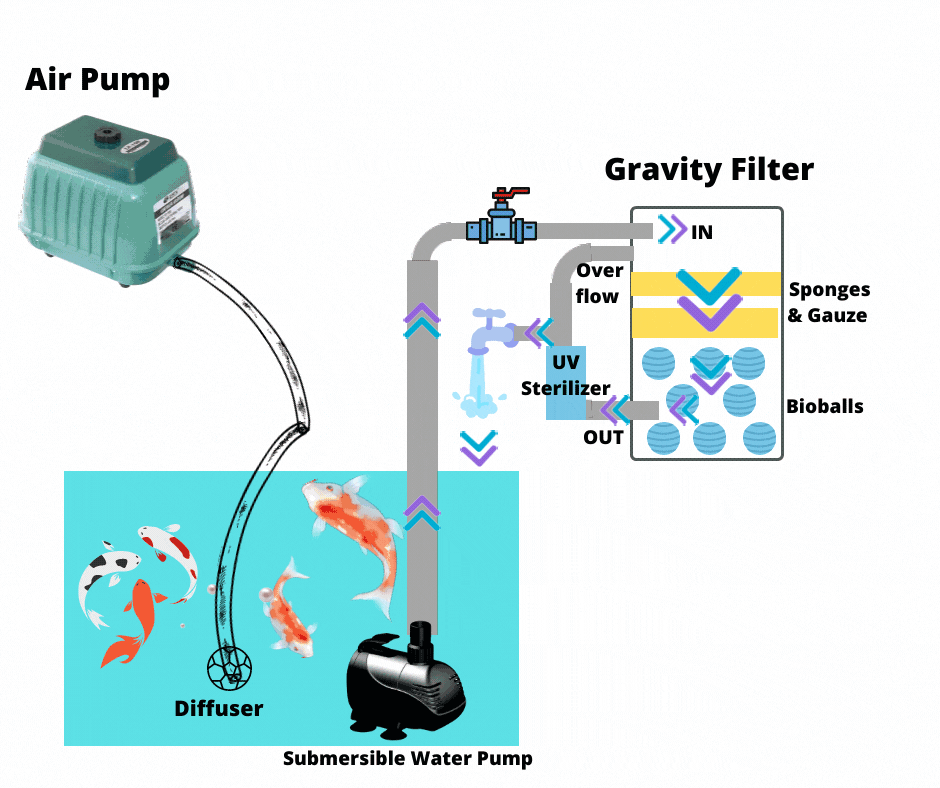
Above is a typical diagram of a Non-Pressurized Gravity system
Gravity Filter explanation
As seen in the diagram above, a biofilter has an inlet, an outlet , and an overflow. Dirty water gets pumped out from the pond via a submersible pump, to the inlet in the Gravity Filter. The dirty water gravity feeds through the sponges and gauze at the top of the bioballs. Any solids will get trapped in the sponges and gauze. Sponges therefore have to be inspected and cleaned every few days by rinsing it with clean water. If the sponges and gauze get clogged up with solids, water will overflow out the overflow port and will not pass through the bio balls below.
The water then gravity feeds through the bio balls, where the beneficial bacteria live. The beneficial bacteria will convert toxic ammonia generated by the fish to nitrates which is non toxic to fish. Never wash or clean your bio media (bioballs) as it will kill the beneficial bacteria.
Water flow to the Gravity filter should not exceed 45l/min. If the flow is too strong, water will overflow. out the overflow port.
Gravity filters are available, with or without a UV sterilizer and are sized based on the size of the pond or tank in litres.
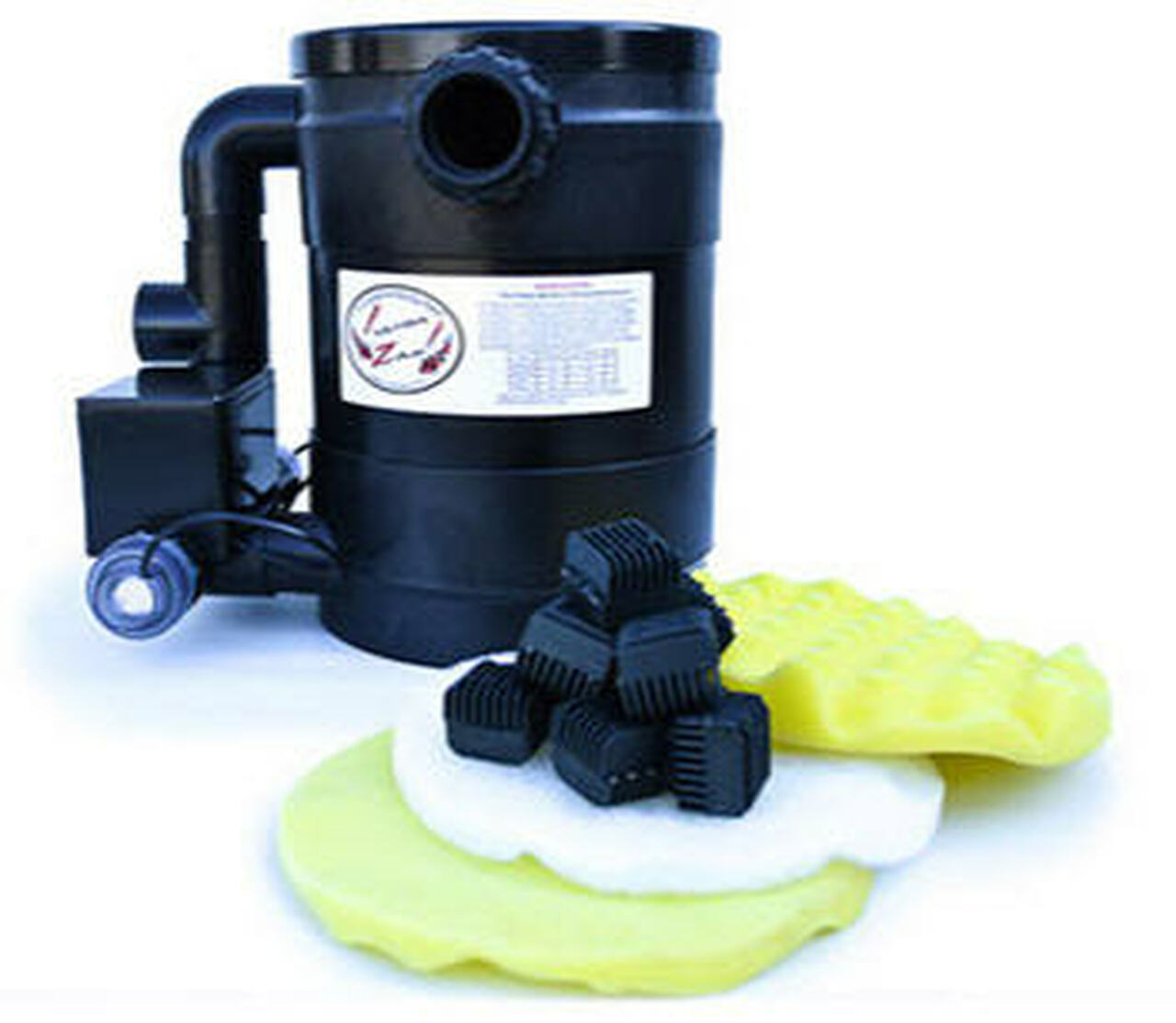
Koi Pond Building
If you're looking at having a customized Koi pond built (Johannesburg and Pretoria area only), please call us for a quote. An onsite visit may be required.
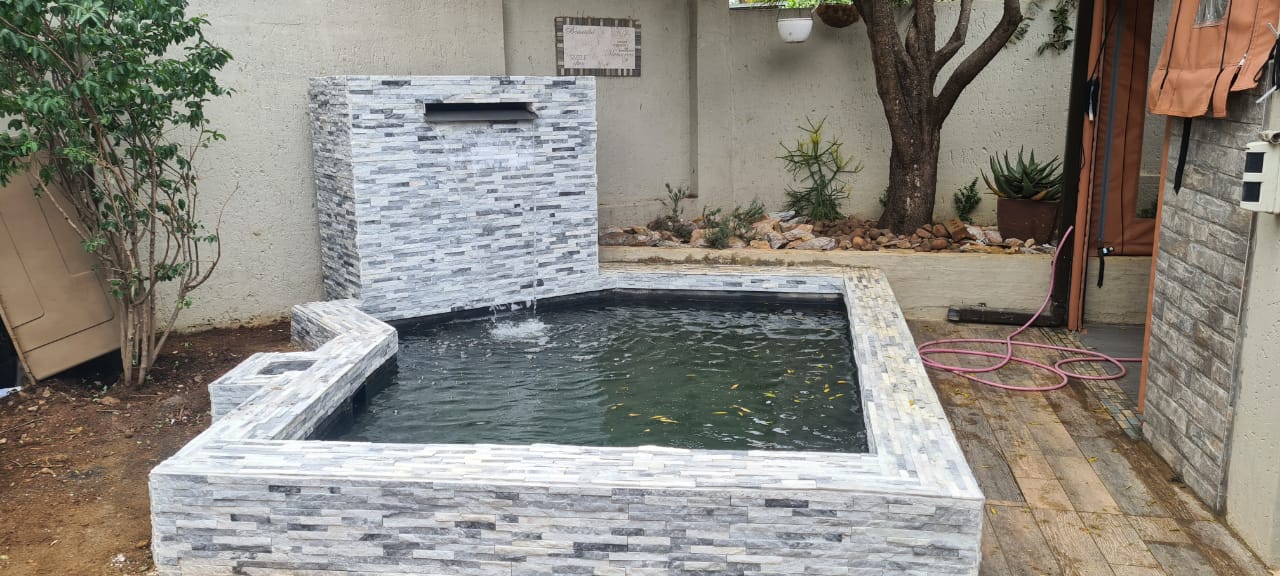
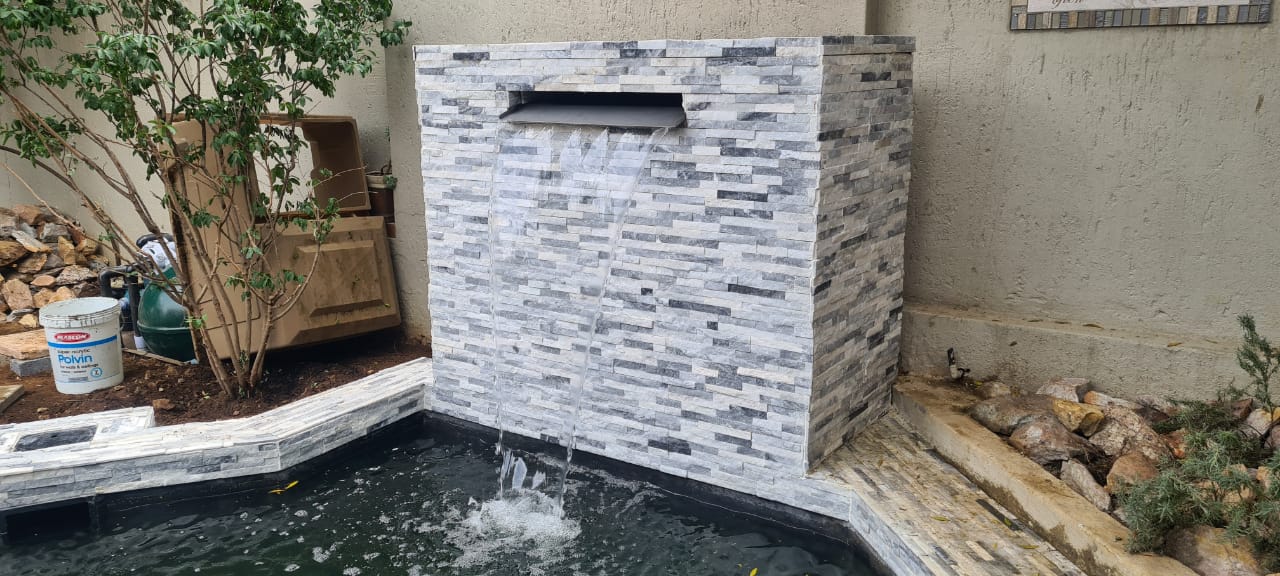
Contact: Henri 0832265599

